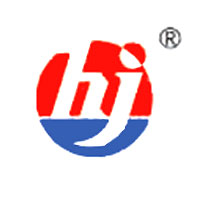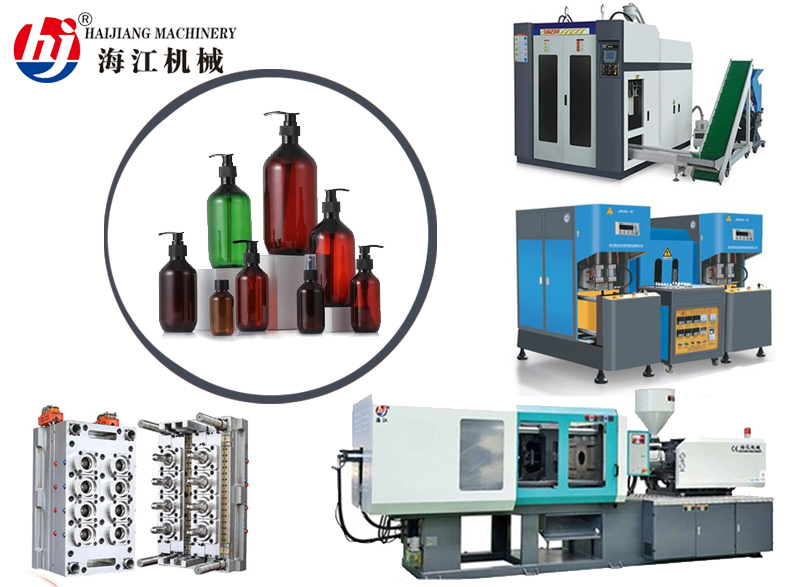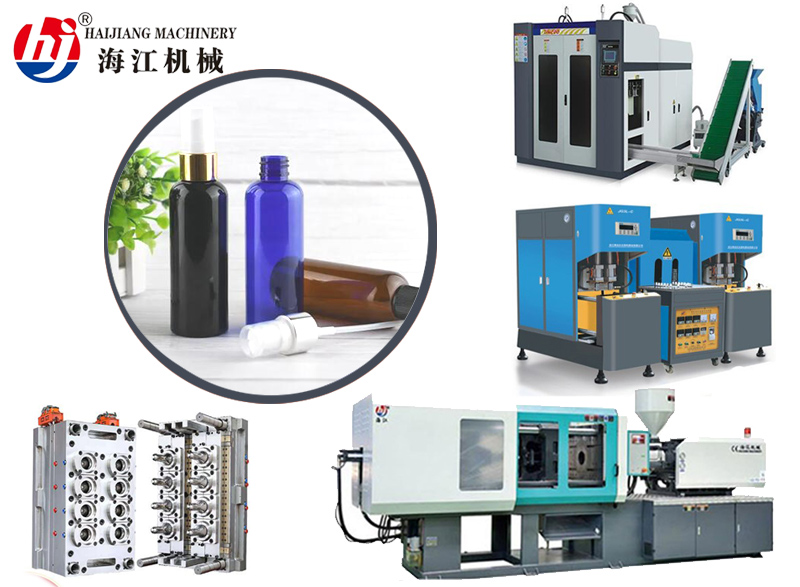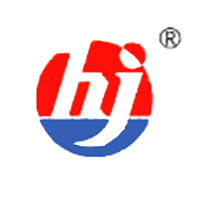There are two main methods for making PPR pipe fittings:
- Extrusion: This is the most common method for making PPR pipe fittings. In extrusion, molten polypropylene is forced through a die to create the desired shape of the fitting.
Injection molding: This method is used to make more complex PPR pipe fittings. In injection molding, molten polypropylene is injected into a mold to create the desired shape of the fitting.
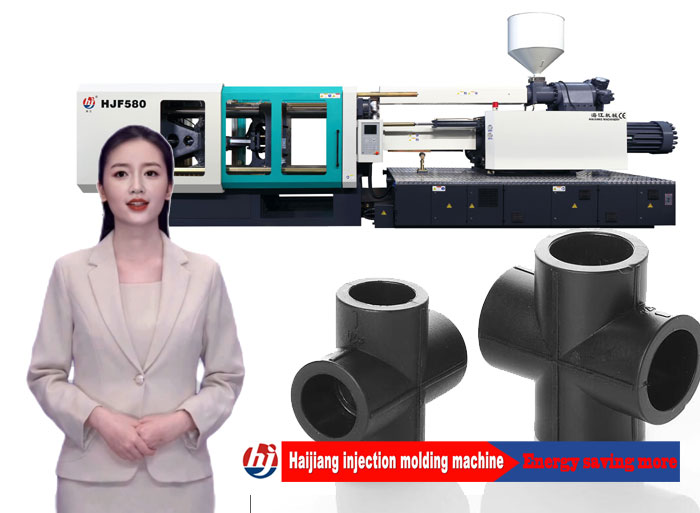
The following steps are involved in making PPR pipe fittings by extrusion:
- Prepare the polypropylene: The polypropylene is first heated to a molten state.
- Force the molten polypropylene through the die: The molten polypropylene is then forced through a die to create the desired shape of the fitting.
- Cool and harden the fitting: The fitting is then cooled and hardened.
The following steps are involved in making PPR pipe fittings by injection molding:
- Prepare the polypropylene: The polypropylene is first heated to a molten state.
- Inject the molten polypropylene into the mold: The molten polypropylene is then injected into a mold to create the desired shape of the fitting.
- Cool and harden the fitting: The fitting is then cooled and hardened.
Once the PPR pipe fittings have been made, they are then inspected for quality and packaged for shipping.
Here are some of the tools and materials needed to make PPR pipe fittings:
- A polypropylene resin
- An extrusion machine or an injection molding machine
- A die
- A mold
- A cooling system
- A hardening system
- A quality inspection system
- A packaging system
The cost of making PPR pipe fittings will vary depending on the size and complexity of the fitting, the type of machine used, and the cost of materials. However, PPR pipe fittings are typically a cost-effective option compared to other types of pipe fittings.
